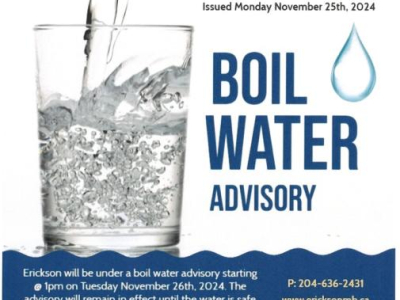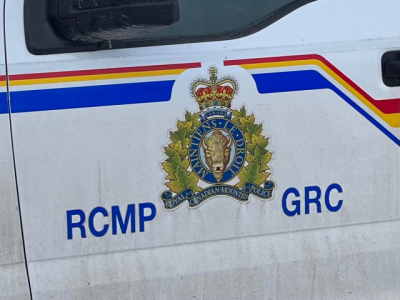In late October, NASA had a mission to an asteroid and someone from Dauphin played a part in the mission.
The OSIRIS-REx mission to the asteroid Bennu collected material to bring back to Earth.
Leif Bloomquist, from Dauphin, says they’ve been studying the asteroid for the past two years.
“It’s important because Bennu is one of the oldest known asteroids. It’s about four and a half billion years old. So it’s expected what’s on the surface is a time capsule of the early solar system. So by studying it, maybe we can find some origins of life or some interesting chemical properties that tell us more about how the solar system formed.”
Leif says they learned a lot of really interesting things about Bennu.
“One fascinating thing is, it’s an active asteroid. We kinda thought it would be just sitting there inert, but there’s this fascinating phenomenon where every couple of days, it spews out thousands of particles the size of a golf ball. So little volcanic eruptions are happening and scientists are trying to figure out why.”
Like a lot of NASA missions, Bloomquist says the OSIRIS-REx mission was an international collaboration.
“Canada, through the Canadian Space Agency, contributed a laser mapping system called OLA, the OSIRIS-REx Laser Altimeter. This is a little box, about the size of a microwave that shoots pulses of laser light at the asteroid and by looking at the reflection, we can build a 3D map. So NASA used that information to decide where to pick up the sample and also to study the geology and the rocks on the surface on Bennu.”
Bloomquist is a systems engineer with Macdonald, Dettwiler And Associates (MDA), the company that the Canadian Space Agency hired for the mission. MDA was formerly known as Spar Aerospace, the company that designed and built the Canadarm for NASA’s Space Shuttle program, as well as the Canadarm 2 on the International Space Station (ISS), and they’re building the Canadarm 3 for the Lunar Gateway.
Leif has taken part on two other NASA missions himself. He worked on the Phoenix Mars Lander in 2007, this was the NASA mission that landed a platform and a series of instruments on the surface of Mars to study the soil and atmosphere of the planet. Canada contributed a weather station for that mission. He’s also worked on some of the operations software for the ISS.







